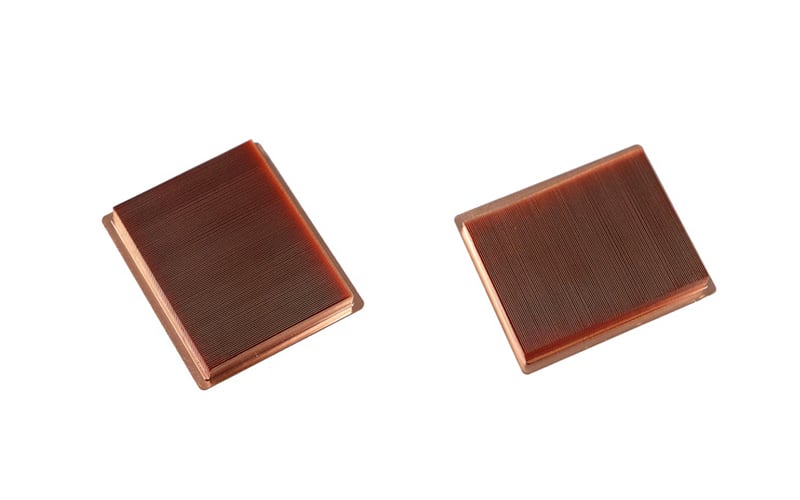Enhanced Heat Transfer Efficiency
No thermal barrier fin construction allows for better heat transfer efficiency by eliminating the need for a thermal barrier layer, which can sometimes impede the flow of heat.
Reduced Weight and Cost
By removing the thermal barrier layer, the overall weight and cost of the fin construction is reduced, making it a more economical and practical choice for various applications.
Durability and Longevity
Fins constructed without a thermal barrier are often more durable and have a longer lifespan due to the absence of a potentially fragile or degradable layer.
Improved Thermal Conductivity
No thermal barrier fin construction can enhance thermal conductivity, ensuring that heat is efficiently transferred through the fins to achieve optimal performance.
Optimized Performance in High Temperatures
Without a thermal barrier layer that can be susceptible to heat damage, fins constructed without it are better equipped to withstand high temperatures and maintain performance.
Enhanced Compatibility with Various Environments
No thermal barrier fin construction makes the fins more versatile and compatible with different environmental conditions, providing greater flexibility in their applications.
Increased Structural Stability
Fins without a thermal barrier can offer increased structural stability, reducing the risk of damage or deformation over time and ensuring consistent performance.
Easy Maintenance and Cleaning
The absence of a thermal barrier layer simplifies maintenance and cleaning processes, making it easier to keep the fins in optimal condition for prolonged use.
Improved Resistance to Corrosion
No thermal barrier construction can enhance the fins' resistance to corrosion, ensuring that they can withstand harsh elements and environments without deteriorating.
Sustainable and Eco-Friendly Design
Choosing fins without a thermal barrier can contribute to a more sustainable and eco-friendly design, as it reduces the use of potentially harmful or non-biodegradable materials in construction.
Quote Inquiry
contact us

